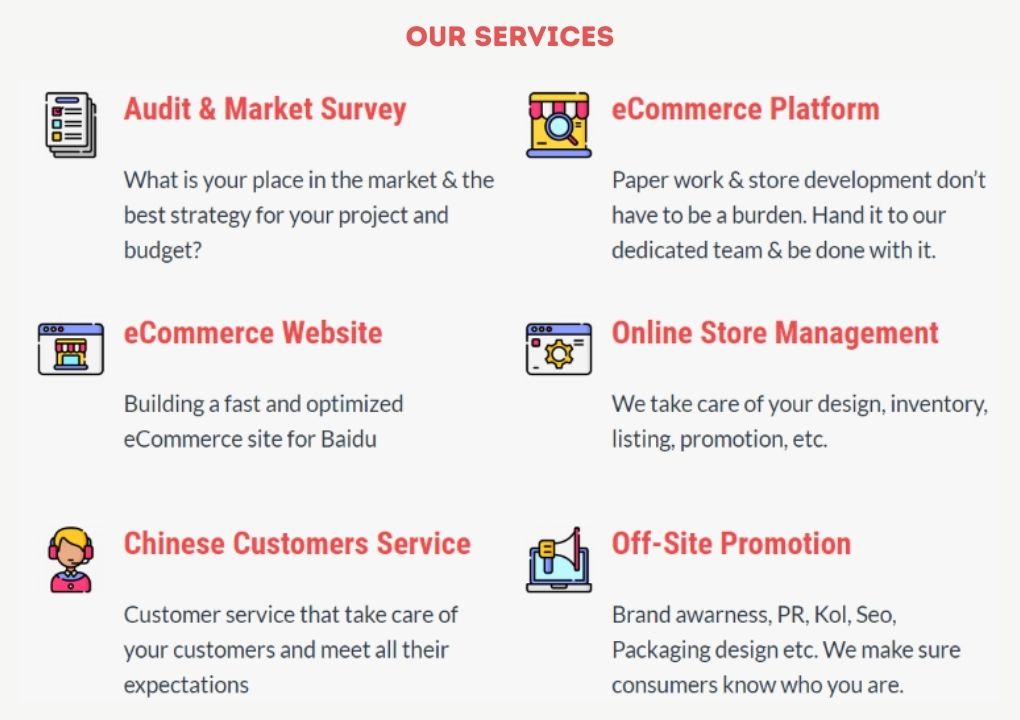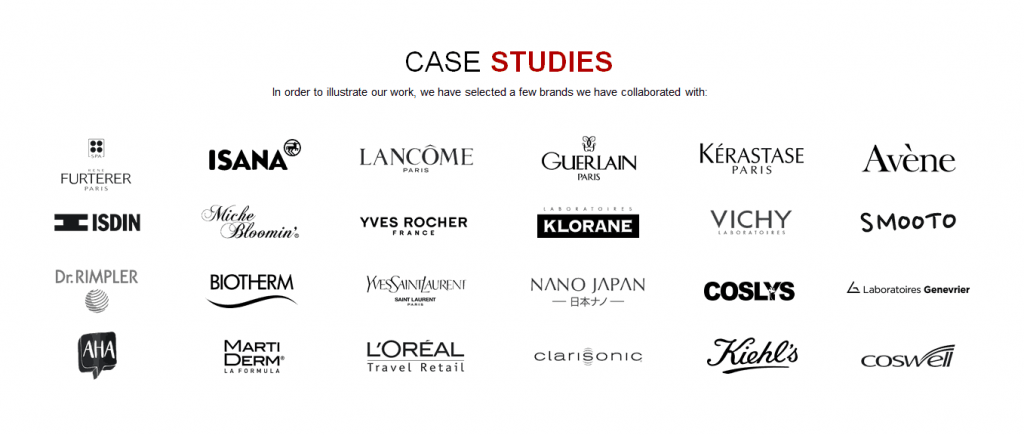Over the past few years, the Sleep Aids Market in China has witnessed remarkable growth, fueled by growing urbanization, mounting stress levels, and heightened awareness of sleep health.
With more than 38% of Chinese netizens reportedly grappling with sleep disorders and the Asia-Pacific Sleep Aids Market expected to reach USD 17.83 billion by 2028, it’s evident that this flourishing industry offers tremendous prospects for businesses seeking to leverage its potential.
Need a cost effective TP (Tmall Partner) to sell in China?
We are an Official Tmall Partner e-commerce Agency. Our Services: E-Commerce, Search Engine Optimization, Advertising, Weibo, WeChat, WeChat Store & PR.
In this blog post, we will explore the key factors influencing China’s sleep aid market and discuss how both local and international players can capitalize on this lucrative trend.
Overview of The Sleep Aids Market In China
300 million Chinese people suffer from sleeping disorders, and among them, over 38% of Chinese adults experienced frequent insomnia which is pushing the sales of sleep aid products in China.
The sleep aids market in China is influenced by demographic and socioeconomic factors, with increasing urbanization and exhausting work hours contributing to rising demand for products that can help people get a better night’s rest.
Demographic And Socioeconomic Factors Influencing Sleep Issues In China
To effectively tap into the growing Chinese sleep aids market, marketing managers must understand the various demographic and socioeconomic factors that impact sleep issues. Poor sleep quality is also influenced by various sociodemographic and health factors.
These factors affect low-income adults in rural areas, as well as sexual minority students. By tailoring products and services to meet the unique needs of these diverse groups, businesses can capitalize on the opportunities presented by the thriving Chinese sleep aids market.
An Overview Of The Types Of Sleep Aids Currently Prevalent In China (pharmaceuticals, Natural Supplements, Sleep Tech)
The Chinese sleep aids market can be divided into three categories: pharmaceuticals, natural supplements, and sleep tech. Pharmaceuticals include both prescribed and over-the-counter sleeping pills. Melatonin is a popular natural supplement for Chinese consumers.
Meanwhile, the sleep tech submarket is rapidly growing and includes smart bedding solutions, wearable technology, and sleep apnea treatment devices. The interest in improving overall well-being has led to an increase in demand for sleep aids, making it an expanding industry for marketing managers to explore.

Market Size And Projected Growth
In recent years, the sleep aids market in China has been experiencing significant growth, which is expected to continue in the foreseeable future.
| Region | Market Size (2015) | Projected CAGR(2016-2022) | Projected Market Size (2030) |
|---|---|---|---|
| Asia-Pacific | $9.3 billion | 6.6% | Not specified |
| Global | $74.3 billion (2021) | 4.2% | $124.97 billion |
The Asia-Pacific sleep aids market was worth $9.3 billion in 2015 and is projected to grow at a CAGR of 6.6% from 2016-2023. The global sleep aids market was estimated at $74.3 billion in 2021 and is expected to reach $124.97 billion by 2030, growing at a CAGR of 4.2%. China is expected to contribute significantly to the Asia-Pacific market’s growth potential.
Factors Driving The Demand For Sleep Aids In China
Increased stress levels, changing lifestyles and habits, and growing awareness of sleep problems are all driving the demand for sleep products in China.
Increased Stress Levels
Increased stress levels in China are driving the demand for sleep aids in the country. Many Chinese individuals are under pressure to perform at their best due to changing lifestyles and a competitive environment.
This trend has led to more people using sedatives or herbal remedies, as well as sleep tech solutions like smart mattresses or wearable devices.
Mental health concerns such as depression and pandemic-related stress have also contributed to the growing demand for sleep aids in China.

Changing Lifestyles And Habits
As lifestyles change in China, the demand for sleep aids is increasing as factors such as weight gain, insufficient physical exercise, and unhealthy diets are associated with poor sleep.
To improve their sleep, individuals are turning to innovative products such as wearable devices that track REM cycles and adjust settings to optimize sleeping environments. Companies are also developing natural supplements and pharmaceuticals for insomnia sufferers who want non-invasive solutions to improve their rest at night.
Additionally, technological developments are contributing to disrupted sleeping patterns, and companies are responding to this trend by creating products to help individuals improve their sleep.
Growing Awareness Of Sleep Health
The growing awareness of healthy sleep in China is driving demand for sleep aids. Factors such as rising incomes, changing diets, and increased access to information have contributed to this trend.
The global sleep aids market is valued at USD 74.3 billion in 2021 and is expected to reach around USD 124.97 billion by 2030, with projected growth even higher in China specifically.
Popular Sleep Aids Products In China
These are some of the most popular sleep aid products in China:
- Melatonin supplements: As mentioned earlier, 70% of Chinese consumers purchase melatonin products. This is because it’s a common natural remedy for insomnia and jet lag.
- Herb-based sleep aid supplements: These supplements typically contain ingredients like valerian root, chamomile, and lavender. They’re popular among those who prefer natural remedies for sleep issues.
- White noise machines: These devices emit soothing sounds that can help drown out background noise and create a peaceful sleeping environment.
- Sleep tracking technology: The sleep tech market in China is worth 360 billion RMB. Products like smart beds and wearable sleep trackers are gaining popularity as they allow people to monitor their sleep patterns and make adjustments to improve the overall quality of rest.

The Easy Way In: Cross-border E-commerce
Cross-border e-commerce is an important factor for entering the lucrative sleep aids market in China, with Amazon’s presence providing an opportunity to list products without paying annual fees.
Quality sleep is a priority for Chinese consumers, with 88% of women purchasing imports compared to just 11% of men.
By utilizing social media platforms like Douyin and WeChat, brands can effectively promote their products and reach new audiences, contributing to long-term success and growth.
We can help you succeed in the sleep aids market! Contact us!
In conclusion, the Sleep Aids Market in China is on the rise and presents significant opportunities for growth and sales revenue. Increased stress levels, changing lifestyles, and growing awareness of sleep health are driving the demand for sleep aids products in China.
With over 38% of Chinese netizens suffering from sleeping disorders, there is a large market size waiting to be tapped into. Cross-border e-commerce provides an easy way in for companies looking to enter this promising field.
Online sales channels should be prioritized by sleep aid companies to reach a wider audience in China.

We can help you with:

If you’re interested in learning more and you’d like to enter the cosmetics market in China, don’t hesitate to leave us a comment or contact us so that we can schedule a free consultation with one of our experts that will learn about your brand and assist you with the best options for your China entry. Let’s keep in touch!








